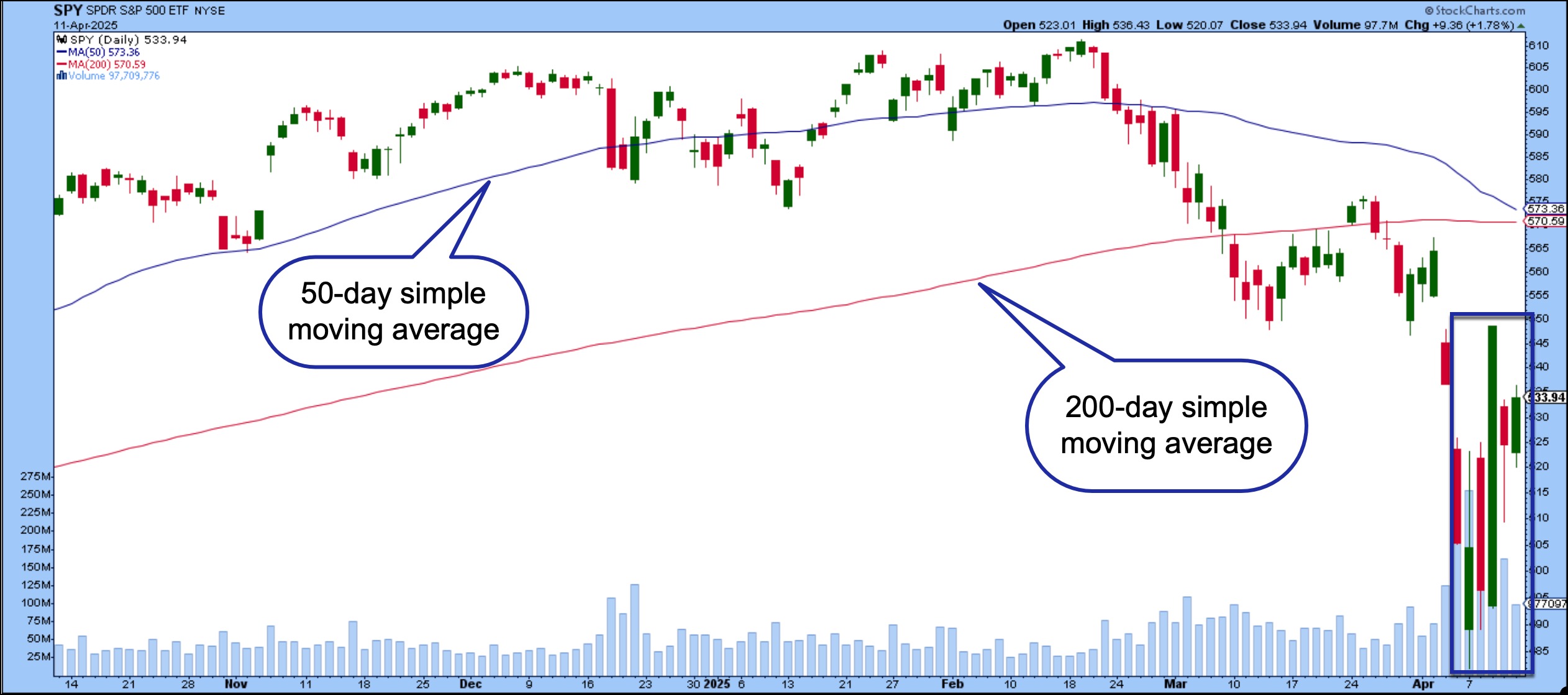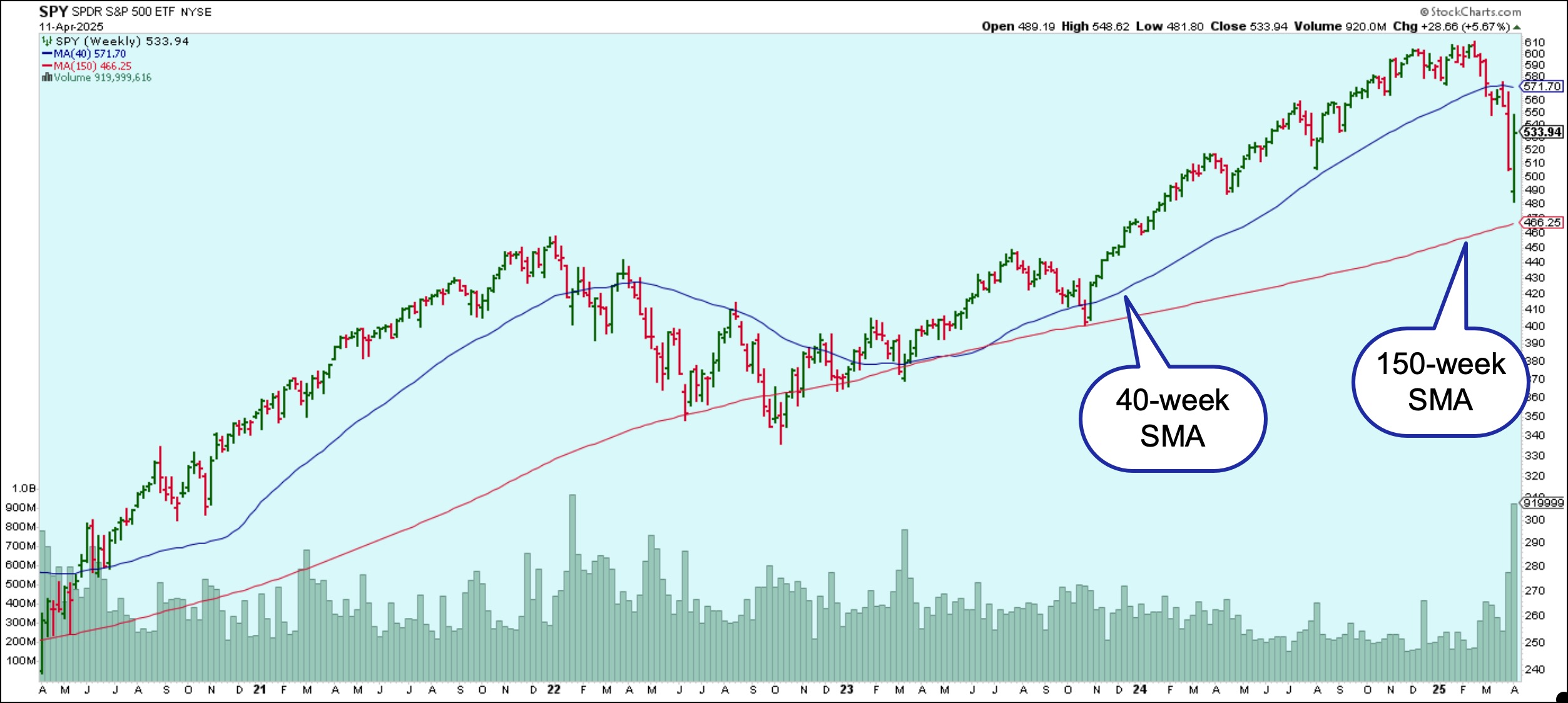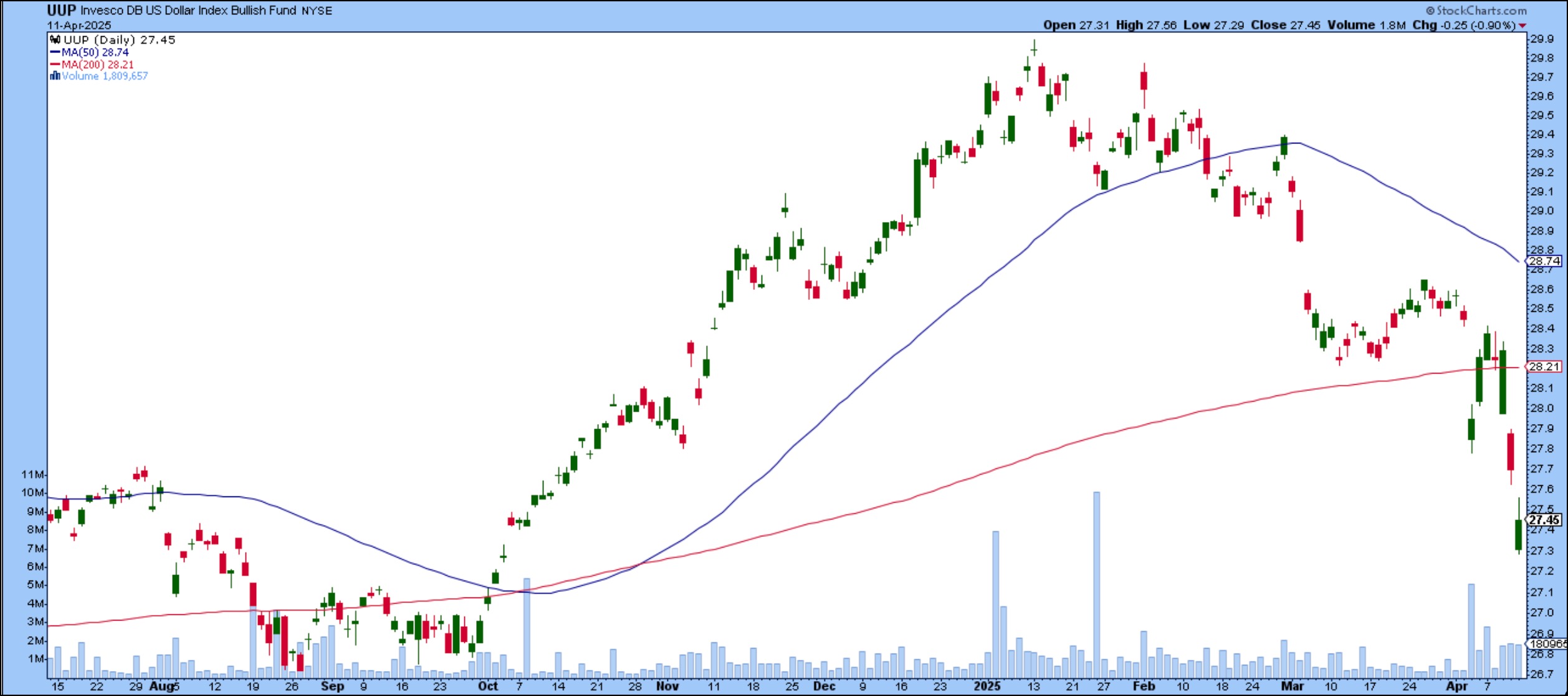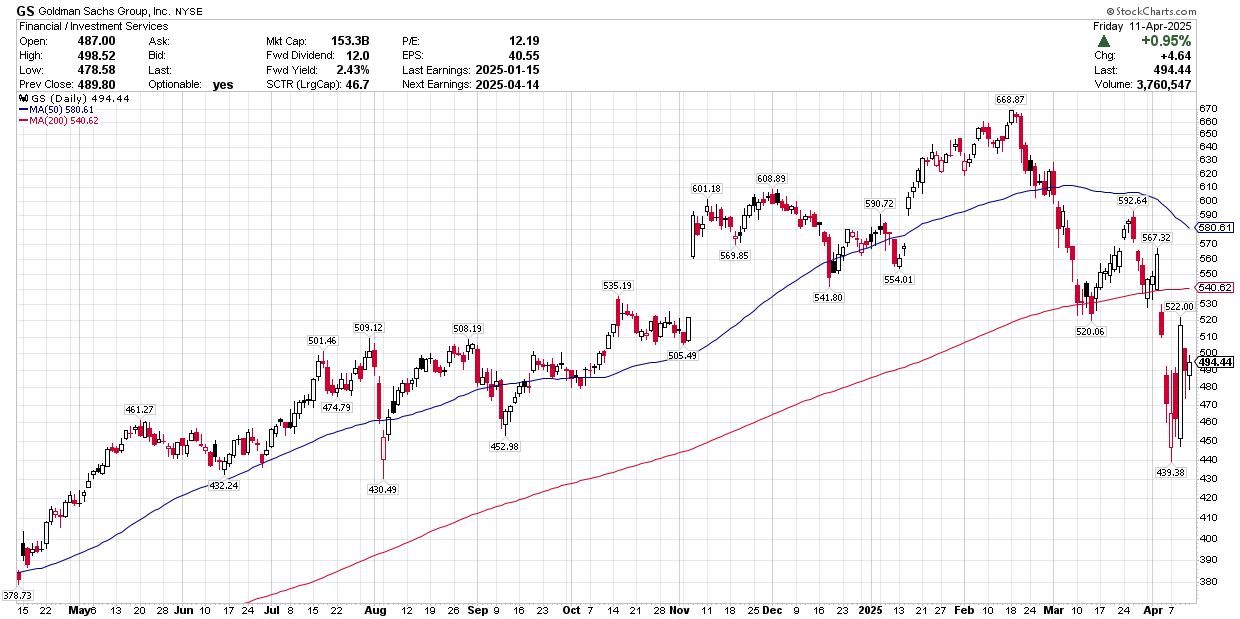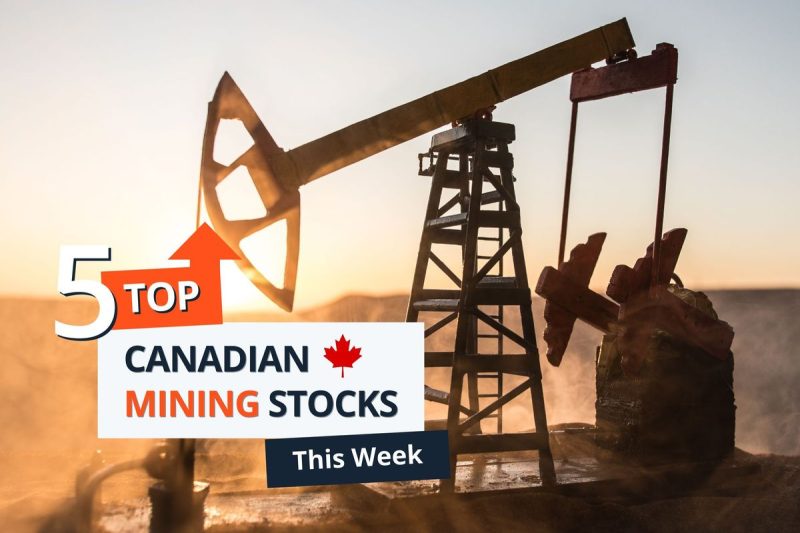

While there was no new market data in Canada, south of the border the US Bureau of Labor Statistics released its March consumer price index (CPI) data on Friday (April 11). The all items CPI figures were down in March, posting a 2.4 percent year-over-year increase compared to the 2.8 percent recorded in February. On a monthly basis, all items CPI rose just 0.1 percent, in contrast to the 0.2 percent of the month before.
The largest contributor to the easing figures was a 3.3 percent year-over-year decline in energy prices, with gasoline leading the way, falling 9.8 percent. Core CPI less food and energy was down 2.8 percent year-over-year.
The drop in oil prices occurred as OPEC+ output increased to eight-month highs in March. Several OPEC+ countries exceeded their output quotas for the month, with Kazakhstan being the largest overproducer. These production gains preceded a planned increase in April, and OPEC+ intends to boost production again in May.
As production increases raise oil supply, oil demand could be affected by an escalating trade war between the US and China, as uncertainty over fears of an economic slowdown begins to influence investor sentiment.
The price decline follows US President Donald Trump’s initial announcement of his plan for baseline and reciprocal tariffs on April 2. However, while the blanket 10 percent tariffs remain in place, Trump later retracted the more severe tariff measures for all countries except China on Wednesday (April 9) for 90 days.
The tit-for-tat tariff measures between the US and China peaked on Friday, when China raised its import fees against the US to 125 percent after the US increased theirs to 145 percent on Thursday.
Trump’s reversal on the tariffs for other countries came after a selloff in the US bond market, as investors distanced themselves from what is typically seen as a safe asset amid high market volatility. The benchmark 10-year treasury yield surged to 4.5 percent on Wednesday before retreating to 4.37 percent.
Canada and Mexico have been exempted from the 10 percent baseline tariffs, but other tariffs remain, including the 25 percent tariff on non-USMCA-compliant goods. The US also added a 20 percent increase to the existing 14.4 percent tariff on softwood lumber imports, bringing the total to 34.45 percent.
Markets and commodities react
The markets were in chaos this week, continuing last week’s selloffs at the start of the week but rallying after Trump announced a pause on tariffs on Wednesday. While the majority of market indexes ended the week in the green, they were still down significantly from the start of April.
In Canada, the S&P/TSX Composite Index (INDEXTSI:OSPTX) gained 2.74 percent during the week to close at 23,587.80 on Friday, the S&P/TSX Venture Composite Index (INDEXTSI:JX) soared 11.49 percent to 615.80 and the CSE Composite Index (CSE:CSECOMP) rose 4.07 percent to 109.68.
US equity markets were highly volatile this week, but posted significant gains by close on Friday, with the S&P 500 (INDEXSP:INX) adding 8.27 percent to close at 5,363.35, the Nasdaq 100 (INDEXNASDAQ:NDX) gaining 11.44 percent to 18,690.05. However, the Dow Jones Industrial Average (INDEXDJX:.DJI) shed 7.41 percent to 38,314.85.
The combined effects of tariffs, equity market volatility, and instability in US Treasury bonds pushed the US dollar index (DXY) to three-year lows this week, hovering around the 100-point mark at the end of the day on Friday.
The sinking dollar helped push commodities higher, sending the gold price to a new high of US$3,244.30 per ounce on Friday. It pulled back slightly from the high to close the week up 6.49 percent at US$3,235.70. The silver price posted even stronger gains, rising 9 percent during the period to US$32.22.
In base metals, the COMEX copper price surged 9.81 percent over the week to US$4.59 per pound. Meanwhile, the S&P GSCI (INDEXSP:SPGSCI) gained 0.94 percent to close at 525.15.
Top Canadian mining stocks this week
So how did mining stocks perform against this backdrop?
Here’s a look at this week’s five best-performing Canadian mining stocks below.
Stock data for this article was retrieved at 4:00 p.m. EDT on Friday using TradingView’s stock screener. Only companies trading on the TSX, TSXV and CSE with market capitalizations greater than C$10 million are included. Companies within the non-energy minerals and energy minerals sectors were considered.
1. Tethys Petroleum (TSXV:TPL)
Weekly gain: 122.22 percent
Market cap: C$183.77 million
Share price: C$1.60
Tethys Petroleum is an oil and gas exploration and production company focused on advancing operations in Kazakhstan.
The company holds a portfolio of production contracts in the North Ustyurt basin north of the Aral Sea. The properties consist of the Kyzyloi production contract, the Akkulka and the Kul-Bas exploration licenses and production contracts.
In its Q3 2024 update released on November 26, the company indicated it produced 259,513 barrels of oil and 22.14 million cubic meters of natural gas through the first nine months of 2024.
Its oil production represented a 75 percent fall off from its 2023 production totals and owed to the ending of exploration contracts and pilot production in October 2023. It noted that test oil production from some wells was restarted and produced during Q2 and Q3 2024.
Shares in Tethys rose this past week, but it has not released news since February 3 when it provided a corporate update.
In the release, the company stated it had withdrawn its application to transition its contract for the Kul Bas field to a production contract. The company determined that it would achieve higher revenue by selling through current channels under a testing production contract rather than a full production contract.
It also mentioned that it had entered into an agreement with NatGaz to be a buyer of Tethys. Under the terms of the deal, NatGaz began accepting gas from Tethys on February 17, and the agreement is expected to generate over US$700,000 per month in revenue.
2. Onyx Gold (TSXV:ONYX)
Weekly gain: 90.91 percent
Market cap: C$20.2 million
Share price: C$0.42
Onyx gold is an exploration company advancing its Munro-Croesus project, located near Timmins in Ontario, Canada. The company has increased the size of the land package by 200 percent between 2020 and 2024, and the project now covers an area of 95 square kilometers.
Munro-Croesus hosts the historic Croesus mine, which produced 14,859 ounces of gold between 1915 and 1936 with an average grade of 95.3 grams per metric ton (g/t). Onyx is the first company to explore the property since the mine closed.
Shares in Onyx surged this week after it released drill results from the project on Thursday. In the release the company highlighted a broad mineralized assay from a newly identified gold zone, with an average grade of 3.4 g/t gold over 69.6 meters, including an intersection of 38.5 g/t gold over 3 meters.
Onyx also said it had signed an option agreement to acquire a 100 percent interest in a 21 hectare land package contiguous with the property’s Argus North zone.
3. Angus Gold (TSXV:GUS)
Weekly gain: 68.89 percent
Market cap: C$45.25 million
Share price: C$0.76
Angus Gold is a gold exploration company focused on its Golden Sky project in Northern Ontario, Canada.
The project covers an area of 261 square kilometers and includes the Dorset Gold Zone, which has near-surface mineralization. According to a 2020 technical report, the zone contains an indicated historic mineral resource estimate of 40,000 ounces of gold from 780,000 metric tons of ore with an average grade of 1.42 g/t, along with an additional inferred resource of 180,000 ounces from 4.76 million metric tons of ore with a grade of 1.19 g/t.
Angus shares posted gains this week after it announced on Monday that it had entered into a definitive agreement in which Wesdome Gold Mines (TSX:WDO,OTCQX:WDOFF) will acquire all of the issued and outstanding common shares of Angus. Wesdome currently owns a 10.4 percent stake in Angus or 14.9 percent on a partially diluted basis.
Under the terms of the agreement, each Angus share will be exchanged for an aggregate value of C$0.77, representing a 59 percent premium over its 20-day volume weighted average as of April 4.
The transaction will consolidate the Golden Sky project with Wesdome’s Eagle River project into a 400 square kilometer contiguous land package.
4. Lara Exploration (TSXV:LRA)
Weekly gain: 63.64 percent
Market cap: C$72.67 million
Share price: C$1.80
Lara Exploration is a copper miner, explorer and royalty generator focused on South America.
For 2024, its primary asset has been the Planalto copper project in the Carajas Mineral Province in Pará, Brazil. The property comprises five mineral tenements covering a total area of 3,867 hectares. More than 23,000 meters of drilling have been conducted, and three primary deposits — Homestead, Cupuzeiro and Planalto — have been identified.
The most recent news from the project came on October 17, when Lara filed the technical report for its maiden resource estimate, which outlines a total indicated resource of 252,800 MT of copper from 47.7 million MT of ore with an average grade of 0.53 percent copper. The report also outlines an inferred resource for Planalto of 548,900 MT of copper from 154 million MT of ore with an average grade of 0.36 percent copper.
Lara also owns a 5 percent net profit interest, along with a 2 percent net smelter return royalty, in the Celesta copper mine in Brazil. Its partners are private companies Tessarema Resources and North Extração de Minério.
On November 12, Lara announced that operations had restarted at the mine after it had been placed on care and maintenance while Tessarema worked to reinstate permits to the property. In the release, Lara said that mining and ore processing from stockpiles began in October and is expected to ramp up gradually over the coming months.
Shares in Lara rose this past week, but the company has not released updates from the project in 2025.
5. Fortune Bay (TSXV:FOR)
Weekly gain: 52.5 percent
Market cap: C$28.24 million
Share price: C$0.61
Fortune Bay is a gold and uranium exploration company that is working to advance its Murmac uranium project in Saskatchewan, Canada.
The project is located within the Athabasca basin and consists of 17 mineral claims over an area of 10,363 hectares. Historic exploration at the site has identified a near-surface prospect with a 30-kilometer strike length. Work in the 1980s discovered numerous occurrences with greater than 1 percent uranium oxide.
Since 2023, exploration at Murmac has been funded by an option agreement with Aero Energy (TSXV:AERO,OTC Pink:AAUGF), which has the opportunity to acquire a 70 percent interest in the project by providing C$6 million in exploration expenditures over a period of three and a half years.
On February 20, Fortune Bay announced winter drill targets at Murmac. The company said the targets were supported by the completion of a radon-in-water survey at Howland lake, which identified three anomalies that overlie electromagnetic conductors and represent graphite-rich host rocks.
The company announced on March 19 that it began the drill program, which is expected to include up to six holes over about 900 meters.
Fortune’s most recent news came on Monday when it increased a non-brokered private placement to raise gross proceeds of up to C$3 million. The company said the funds raised would go towards advancing its projects and general corporate purposes.
FAQs for Canadian mining stocks
What is the difference between the TSX and TSXV?
The TSX, or Toronto Stock Exchange, is used by senior companies with larger market caps, and the TSXV, or TSX Venture Exchange, is used by smaller-cap companies. Companies listed on the TSXV can graduate to the senior exchange.
How many mining companies are listed on the TSX and TSXV?
As of February 2024, there were 1,572 companies listed on the TSXV, 905 of which were mining companies. Comparatively, the TSX was home to 1,859 companies, with 181 of those being mining companies.
Together the TSX and TSXV host around 40 percent of the world’s public mining companies.
How much does it cost to list on the TSXV?
There are a variety of different fees that companies must pay to list on the TSXV, and according to the exchange, they can vary based on the transaction’s nature and complexity. The listing fee alone will most likely cost between C$10,000 to C$70,000. Accounting and auditing fees could rack up between C$25,000 and C$100,000, while legal fees are expected to be over C$75,000 and an underwriters’ commission may hit up to 12 percent.
The exchange lists a handful of other fees and expenses companies can expect, including but not limited to security commission and transfer agency fees, investor relations costs and director and officer liability insurance.
These are all just for the initial listing, of course. There are ongoing expenses once companies are trading, such as sustaining fees and additional listing fees, plus the costs associated with filing regular reports.
How do you trade on the TSXV?
Investors can trade on the TSXV the way they would trade stocks on any exchange. This means they can use a stock broker or an individual investment account to buy and sell shares of TSXV-listed companies during the exchange’s trading hours.
Article by Dean Belder; FAQs by Lauren Kelly.
Securities Disclosure: I, Dean Belder, hold no direct investment interest in any company mentioned in this article.
Securities Disclosure: I, Lauren Kelly, hold no direct investment interest in any company mentioned in this article.
This post appeared first on investingnews.com

















